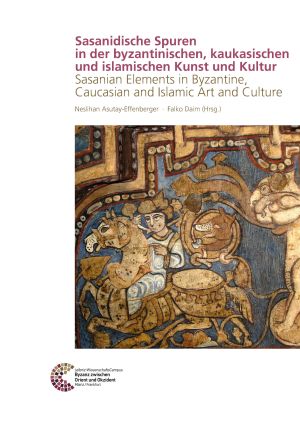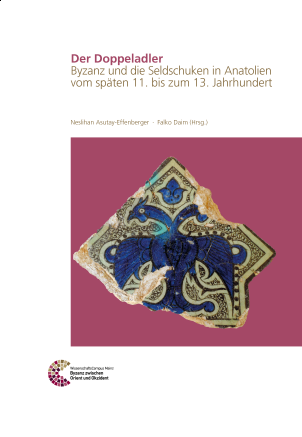Iamanidze, Nina
Sasanidische Spuren in der byzantinischen, kaukasischen und islamischen Kunst und Kultur: Sasanian Elements in Byzantine, Caucasian and Islamic Art and Culture
The empire of the Persian Sassanids (AD 224-651) extended over the area of modern-day Iran, Iraq, Azerbaijan, Pakistan and Afghanistan. Even the Caucasus regions lay under their political influence. Many elements of Sassanian art and culture can be found in neighbouring lands, such as the Byzantine Empire and Christian Caucasus, and, following the fall of the Sassanids, continued in those areas under Islamic control which had developed on their former territory.
In order to investigate the continuing role of the Sassanian Persians and their culture, in September 2017 an international conference was held in the Römisch-Germanisches Zentralmuseum in Mainz. The papers given by academics from various disciplines are published in the present volume.
Der Doppeladler: Byzanz und die Seldschuken in Anatolien vom späten 11. bis zum 13. Jahrhundert
The Rum Seljuk Empire had emerged after the devastating Battle of Manzikert in 1071 in the previously Byzantine Anatolia. Until its dissolution in early 14th century it was the Byzantines’ most important neighbor on their Eastern border. The Rum Seljuk Empire combined Seljuk and Greek-Orthodox populations. Thus it was in close contact with Byzantium: Especially trade, the exchange of artists and marriages defined these relations. These social and political links as well as the ethnic and religious tolerance that shaped the coexistence of different groups in the Rum Seljuk Empire built the foundation for great art. At the same time we only know little about the Rum Seljuks and their interaction with the Byzantines so that the impression, that there had not been any cultural exchange between them, still prevails.
This conference volume presents the results of an interdisciplinary congress that took place October 1.-3, 2010 in the Römisch-Germanisches Zentralmuseum Mainz. The congress intended to discard this impression and initiate a discussion about problems concerning the Byzantine-Seljuk relations.








